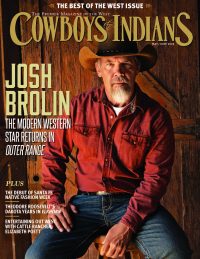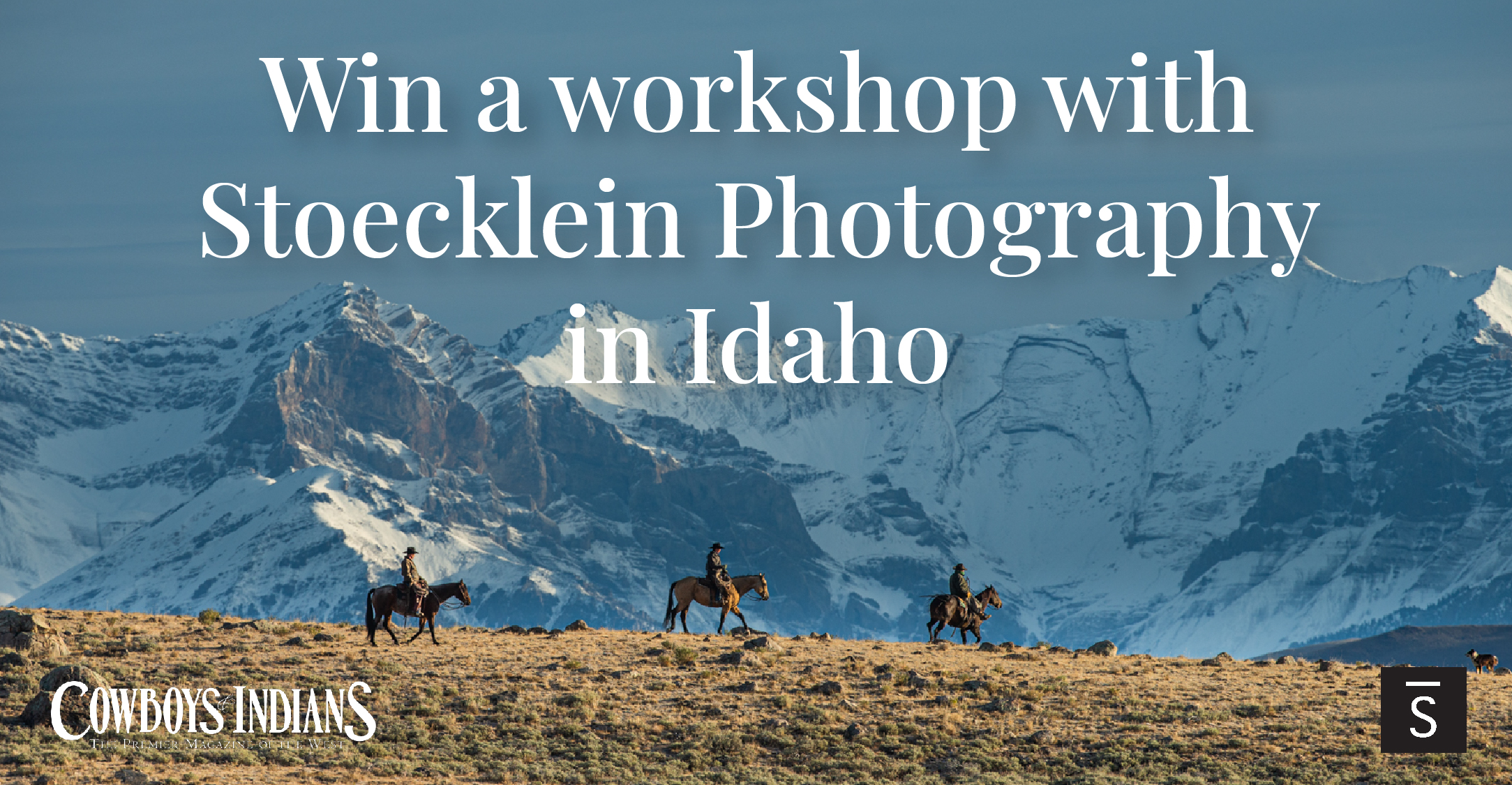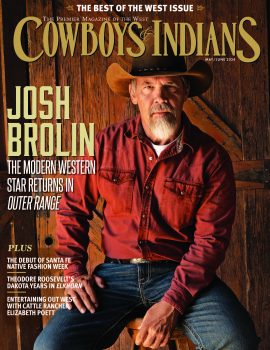Ken Burns has gone looking for America again in his new documentary, The American Buffalo
C&I: Your incredible PBS documentary The American Buffalo comes off as a two-part tale of tragedy and triumph. In the first part, we see how the bison very nearly became instinct. But the second part suggests the shaggy beasts have survived, thanks in large part to some unlikely saviors.
Ken Burns: ... like William T. Hornaday, who’s at the Smithsonian killing and stuffing game, large mammals. And he wants to go out west and kill some more buffalo, because he doesn’t think their collection is up to snuff. And he’s infuriated that he can’t find any. He stays, then he comes back in the fall, and he finally kills some and creates one of the most popular exhibits at the Smithsonian. For many, perhaps most Americans, their only experience with a buffalo was a beautiful stuffed one in this great gigantic case. And then Hornaday becomes the founder of the National Zoo. And he saves a lot of buffalo. And the great irony is, to populate that wildlife refuge in the Wichita Mountains, they have to import bison from where? They go to the biggest city on the continent, in the biggest zoo in the continent — the Bronx Zoo — and bring them out there. I mean, you can’t make this up. And then you begin to feel like, yeah, for all these different reasons, all these people came together.
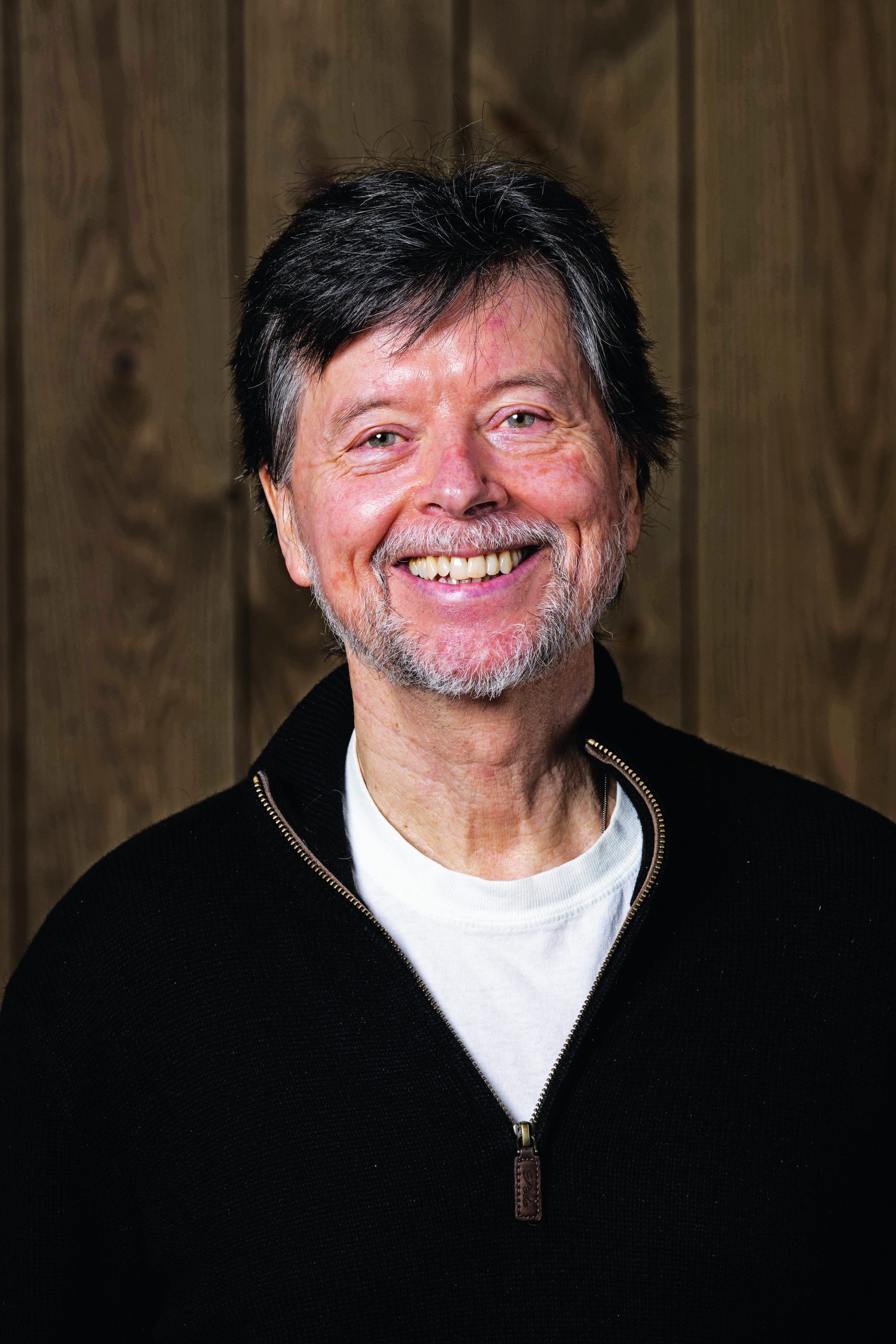
C&I: It’s a story that’s almost Biblical in its implications.
Ken: I’m happy to see this as a parable of de-extinction. We were on the verge, and then, like Adam and Eve, we begat, we begat, we begat, we begat. You get this whole motley assortment of people — Native Americans, cowboys, and businessmen — and suddenly you realize, oh, we’re saving the buffalo. And the government gets in, creates wildlife refuges, tightens the laws of poaching in Yellowstone, creates other refuges. And now there’s 80 different tribes that are taking care of buffalo. And the United States government has buffalo in lots of different places, and private citizens have them in lots of different places. So no one lightning strike, which would’ve been possible at the end of the 19th century, could wipe out the bison. No one disease going through a herd is going to eliminate the bison. So we can say in triumph, the bison are saved from extinction. Are there 30 million? No, there are not. There’s only 300-plus thousand. But they’re there. And that’s the good place to start.
C&I: We live in a time when many people want to erase the past, want to prevent teaching about certain incidents, certain movements, certain tragedies from our shared past in schools. In your many acclaimed documentaries — like Huey Long, The Civil War, The Central Park Five and Country Music — you have focused on what binds us and divides us as Americans. Do you feel more than ever a special responsibility as a documentarian to keep telling stories like you do in The American Buffalo?
Ken: I really do. Right now, I’m working on a history of the American Revolution. And that’s the real rub — what you can teach, and whether you can teach. Somebody actually said you could teach about Rosa Parks without mentioning race. I mean, come on. Yeah, it’s a huge responsibility right now. I mean, I’m out there. I don’t have my ideological thumb on the scale. I’m just calling balls and strikes. But if we’re exceptional, or as exceptional as we think we are, that doesn’t come from putting blinders on. That comes from accepting everything. You’re not sparing kids from feeling bad or anything if you don’t teach them about something in the fourth grade or eighth grade or whatever. Any coach would tell you this. If they’re teaching kids how to play soccer or baseball, they’re saying things like, “No, you’re holding it the wrong way — do this.” Right? Or “Don’t keep your head in. Don’t do this. Keep your shoulder this way.” So we’re constantly improving ourselves in so many ways.
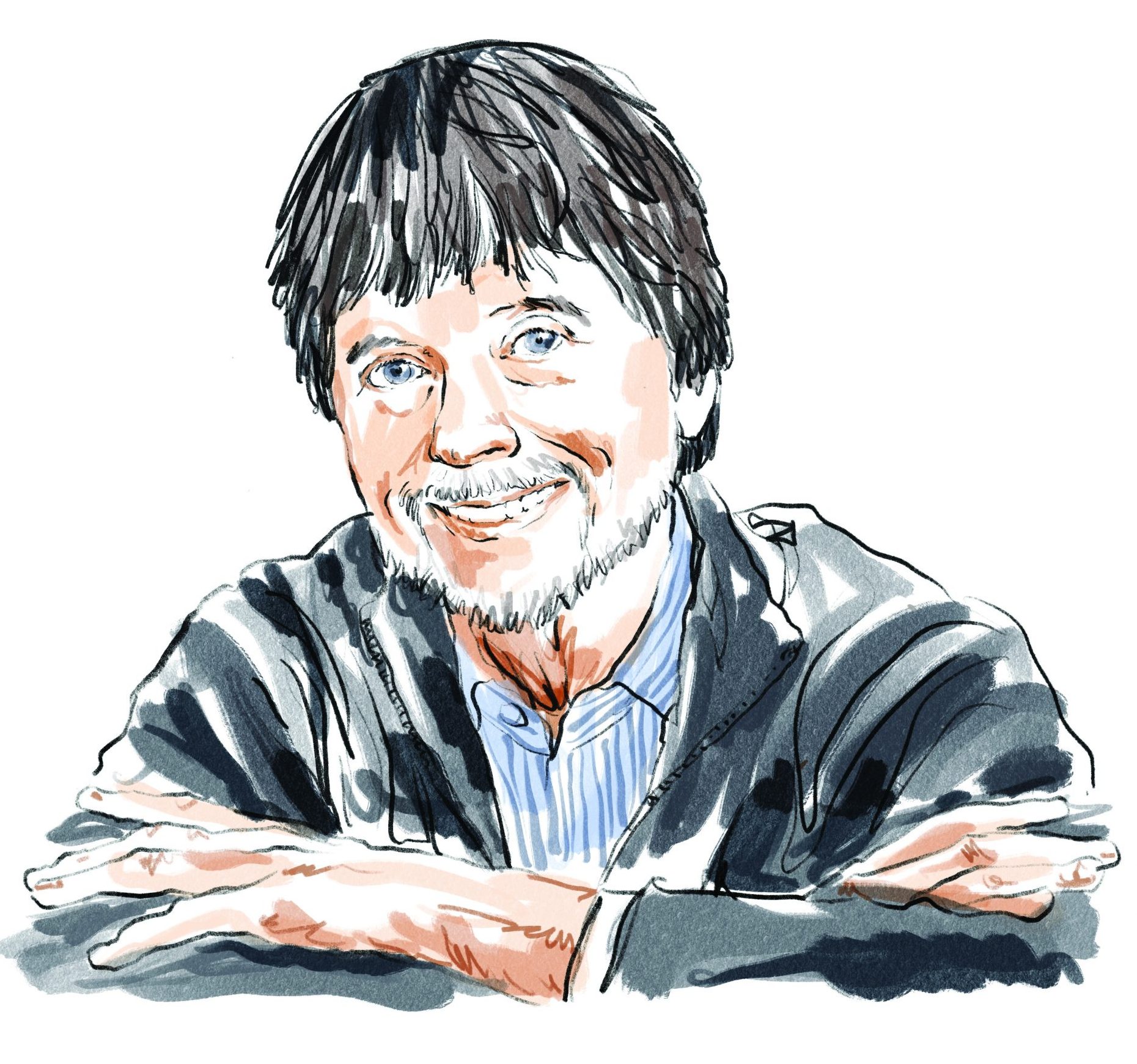
C&I: Sounds like you just gave us your mission statement.
Ken: I like to say I’ve had the great privilege of making films about the U.S. for 50 years. I’ve also made films about us. That is to say, the lowercase, two-letter, plural pronoun. All of the intimacy of us, and all of the majesty, the complexity, the contradiction, and even the controversy of the U.S. It’s been my privilege to work in that space. And the thing I learned — it came after doing Country Music — is that there’s only us. There’s no them. It’s just us. Right? And whenever anybody tells you there’s them, just walk away. Because that’s not the way it is.
The American Buffalo premieres Oct. 16 and 17 on PBS, and will remain available for streaming on PBS.com for 28 days afterwards.
Photo illustration by Raul Arias
This interview appeared in our Nov / Dec 2023 issue.



